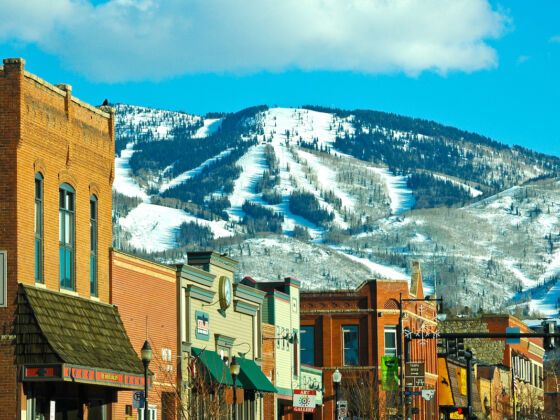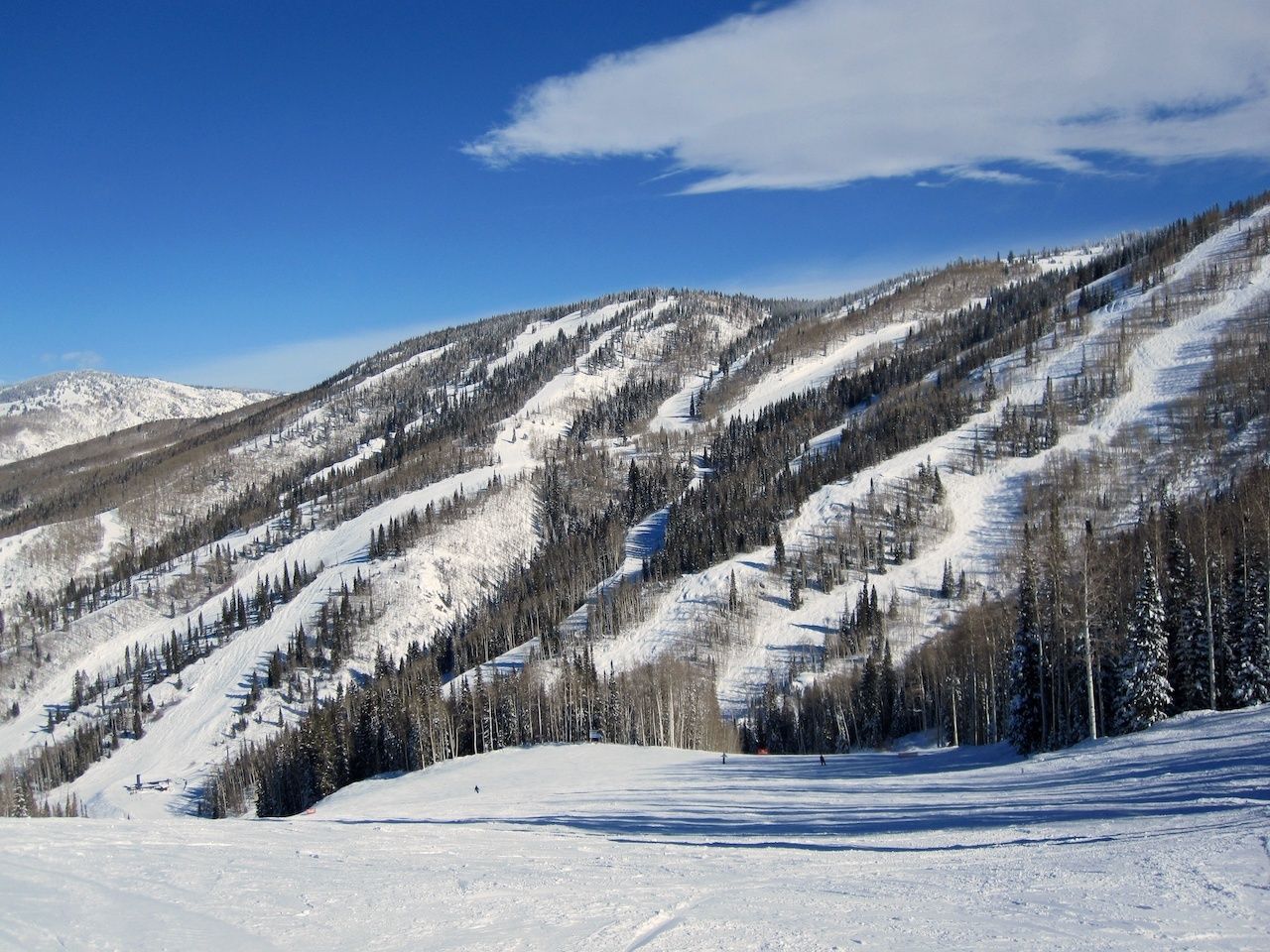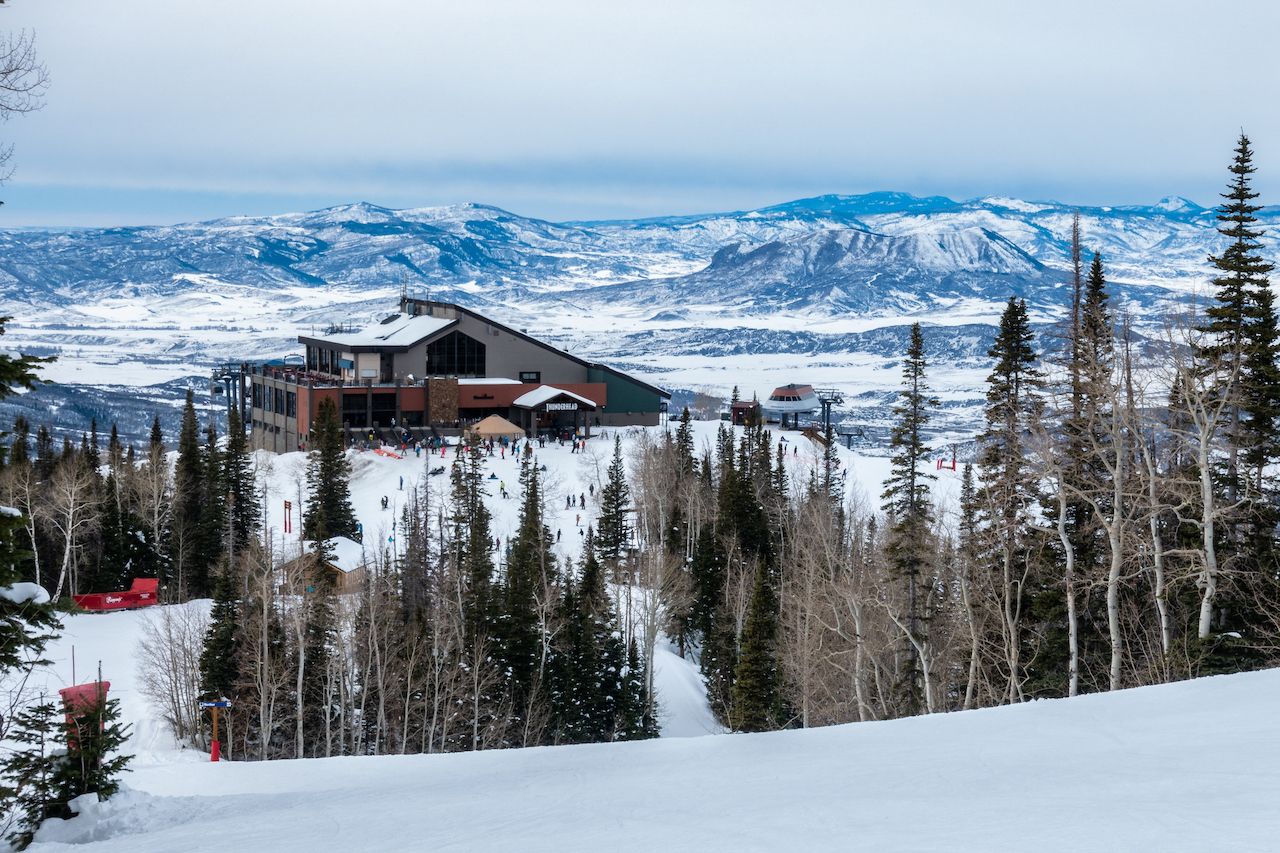When more than a few professional skiers, snowboarders, racers, Nordic combined-ers, and other cold-weather pros gather in one place, it’s called the Olympics. In Steamboat Springs, it’s simply another Tuesday. Here in north-central Colorado, where the ranching lifestyle of the Old West still thrives and agricultural land encircles a collection of small mountain towns, is where future stars come to hone their craft. Steamboat Springs is the region’s isolated hub.
The town is a three-hour drive from Denver. Winter commutes tend to be slightly longer as you must drive over the frequently storm-covered Rabbit Ears Pass, making it an ideal place to settle in for a while. Once here, its separation from the I-70 gridlock further south is just one of Steamboat Springs’ greatest perks. Downtown is full of cultural and culinary highlights, and its ski history is renowned. Here’s how to take it in on a winter trip, both après-ski and on a day off the slopes.





